According to the Ho Chi Minh City Department of Transport, in order to effectively convert to electric buses, issuing technical guidelines for the charging station system is essential.
The Ho Chi Minh City Department of Transport has just sent a document to relevant ministries and branches to solicit comments on the draft technical guidelines for electric bus charging stations.
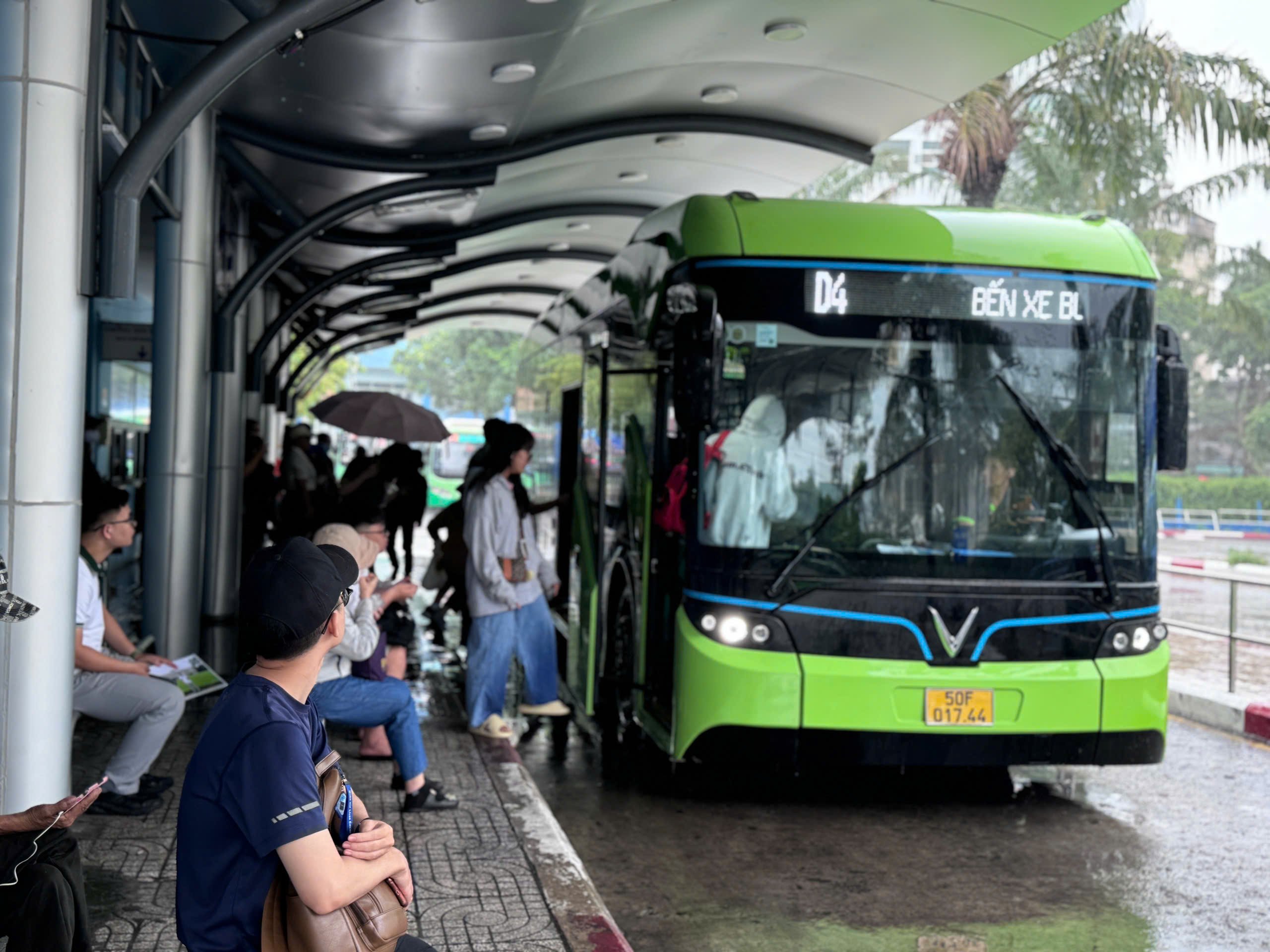
Ho Chi Minh City currently has only one VinBus charging station. Photo: My Quynh.
The Ho Chi Minh City Department of Transport believes that the electric charging station system will determine the feasibility of the roadmap for converting vehicles to use electric and green energy for buses in particular and road vehicles in general.
This system will usually include main components such as AC charging posts, DC charging posts, wireless charging posts, charging wires and cables, charging head standards between the vehicle and the charging post, safety protection equipment for users, etc.
The main parts of the above-mentioned charging station system already have corresponding national standards, some of which have also been included in the construction plan in the coming years.
There are many types of charging stations on the market today, which can be compatible with different types of electric vehicles. However, the lack of uniformity in charging station standards can cause difficulties for management agencies, users and businesses.
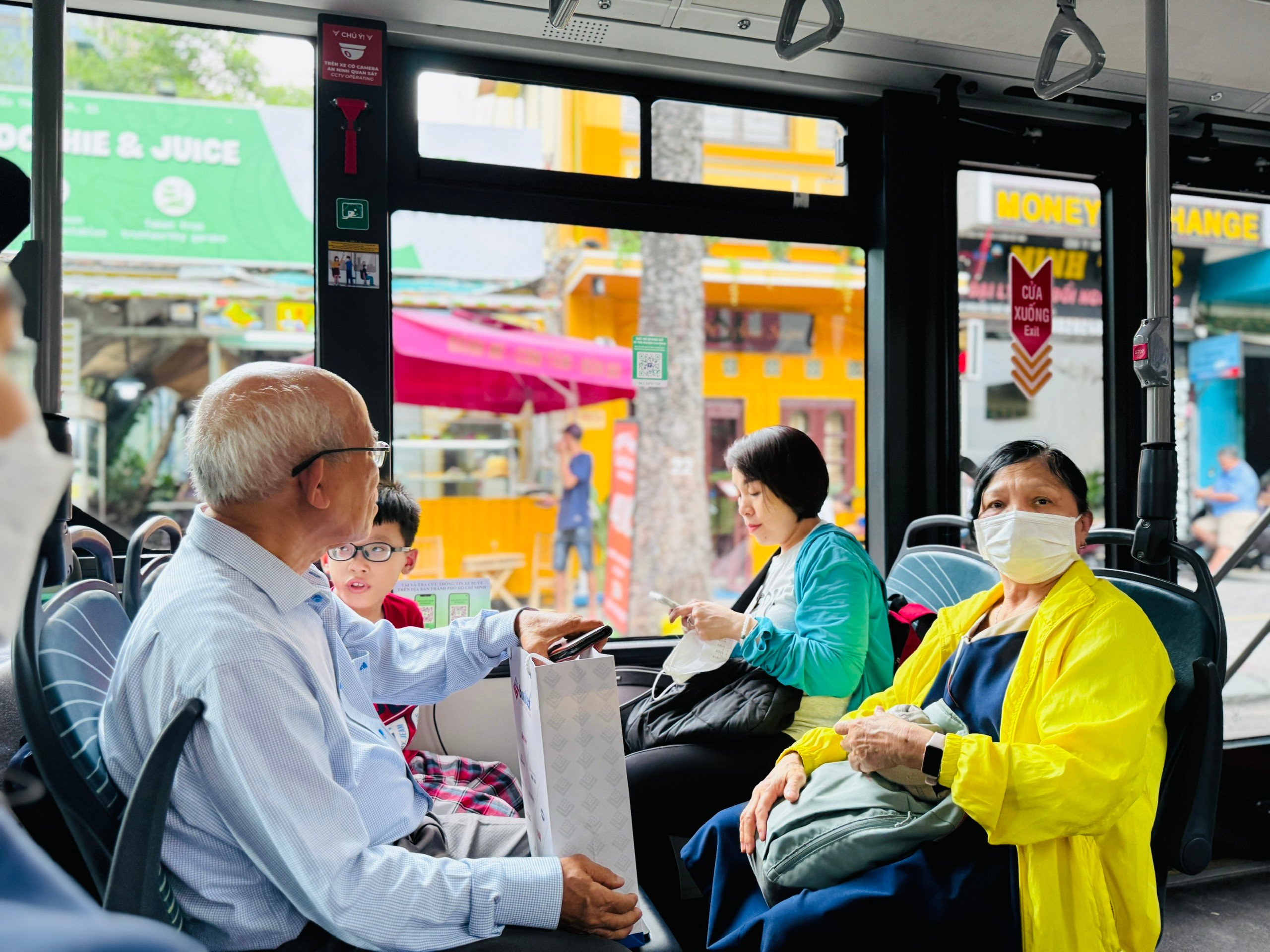
Ho Chi Minh City is gradually greening its bus system. Photo: My Quynh.
The Department of Transport added that while waiting for central agencies to develop and promulgate national technical regulations and standards on charging stations, charging posts, and shared charging ports, the City Department of Transport, together with the United Nations Development Program (UNDP) in Vietnam and Hanoi University of Science and Technology, is implementing a project to support the development of technical guidelines for electric bus charging systems. The project has now been completed.
However, the charging station is related to the State management functions of many sectors such as: construction, industry and trade, science and technology, fire prevention and fighting. Therefore, the Department of Transport of the City requests that interested ministries and sectors give their opinions so that the Department can synthesize, revise, complete the instructions and implement the next steps according to regulations.
Previously, Ho Chi Minh City agreed to implement a project to convert buses to using electricity and green fuel in two phases.
Phase 1 will focus on researching and developing policies to support and encourage the conversion to public transport; Phase 2 will develop and complete a project to control vehicle emissions.
In phase 2, Can Gio district will be considered as a priority unit to pilot the conversion of means of transport to use electric energy.
The Department of Transport is the unit assigned to implement and has completed the project's phase 1 topic. It is expected that the City People's Council will approve the policy of developing a resolution to issue regulations on the implementation roadmap in the thematic meeting in January 2025.
Ho Chi Minh City, the bus system currently has about 2,209 vehicles. Of which, 546 are electric and CNG vehicles; 1,663 vehicles use diesel fuel. The total current CO2 emissions are 553,299 tons/year 2024.
The expected number of vehicles on newly opened routes in the 2025-2030 period is 1,108 vehicles, bringing the total number of public passenger transport vehicles by bus to 3,317 vehicles by 2030.
To meet the plan to convert vehicles to electric, Ho Chi Minh City needs to build at least 25 stations with 269 charging posts by 2030.
Source: https://www.baogiaothong.vn/so-gtvt-tphcm-tram-sac-quyet-dinh-tinh-kha-thi-khi-chuyen-doi-xe-dien-192241205172530858.htm








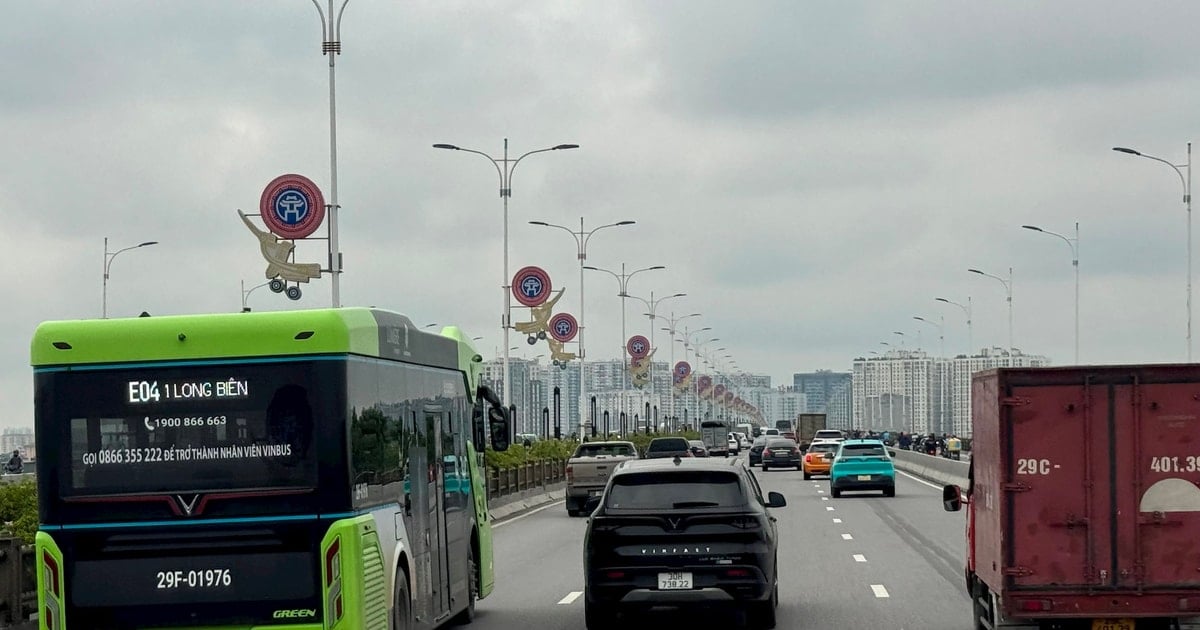



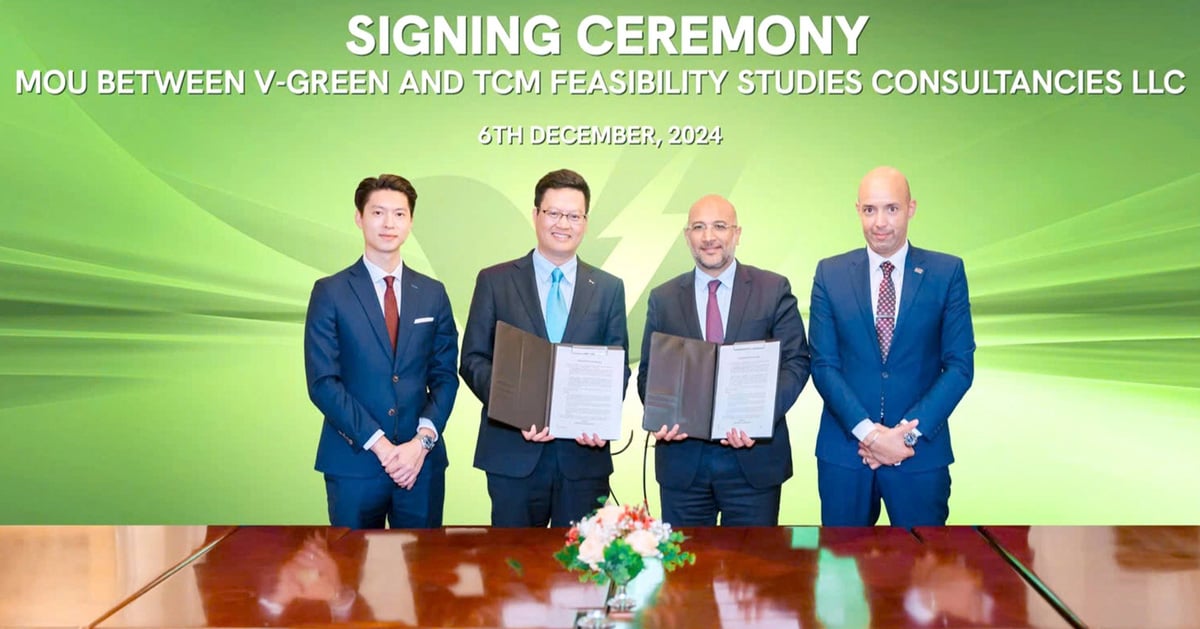



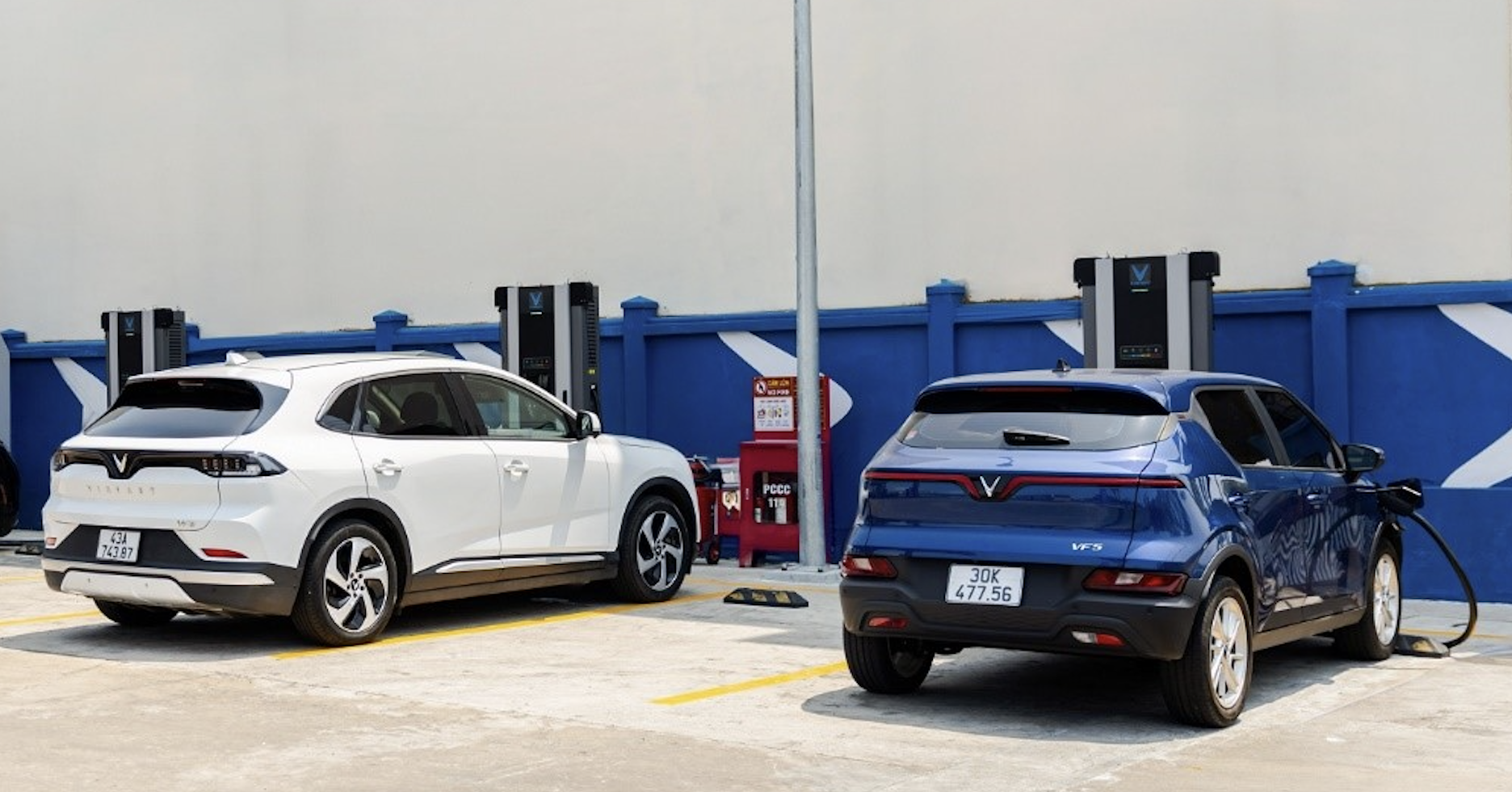

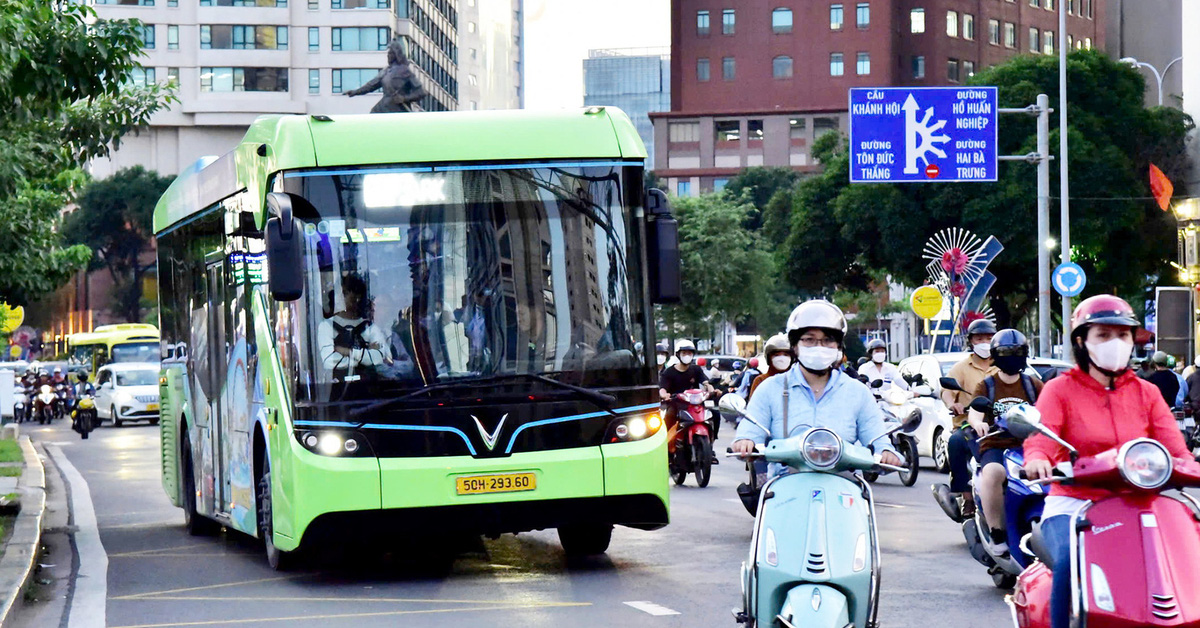








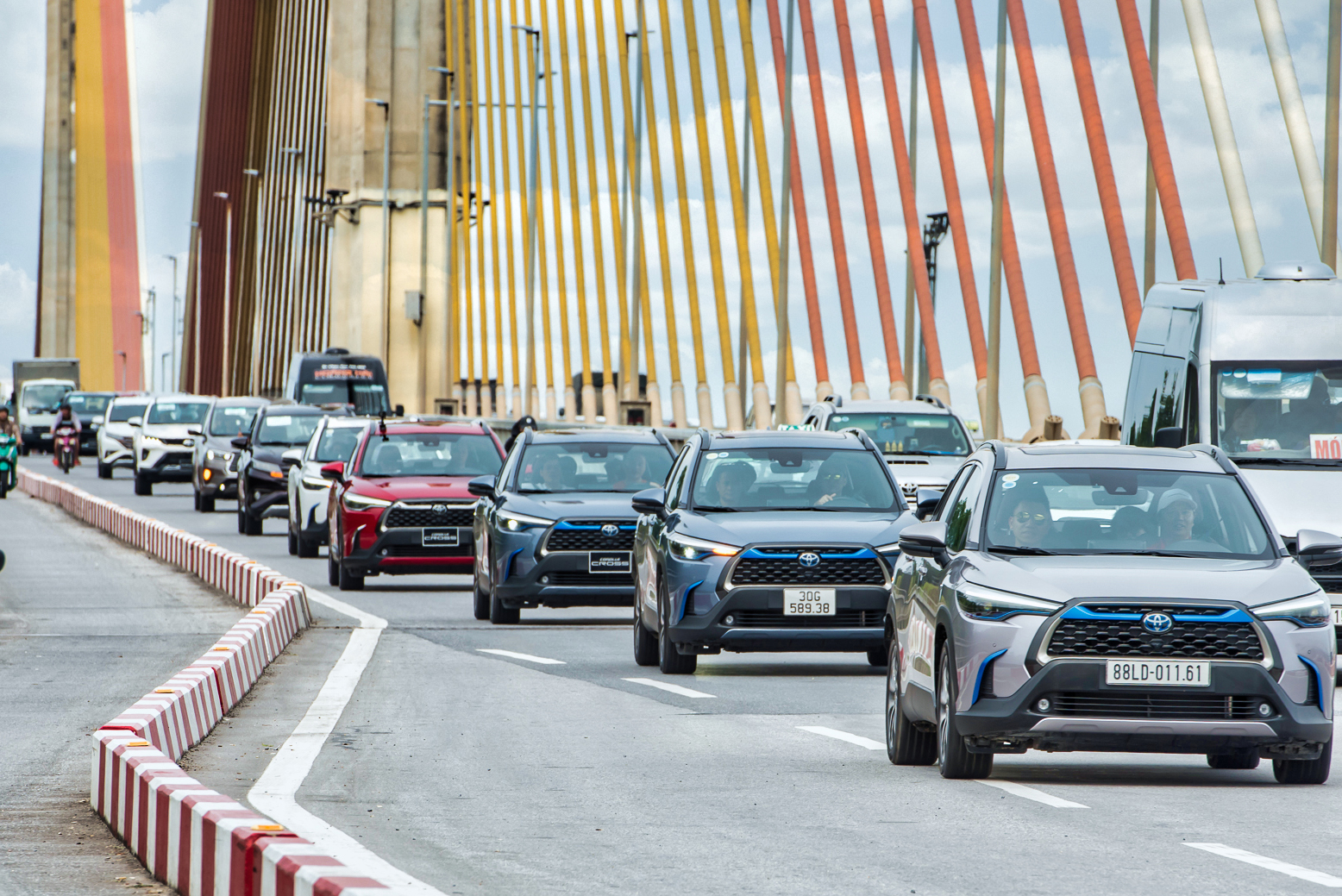





![[Photo] Air Force practices raising flag in Ho Chi Minh City sky in preparation for April 30th holiday](https://vstatic.vietnam.vn/vietnam/resource/IMAGE/2025/4/18/de7139d9965b44f8ac1f69c4981196fd)



























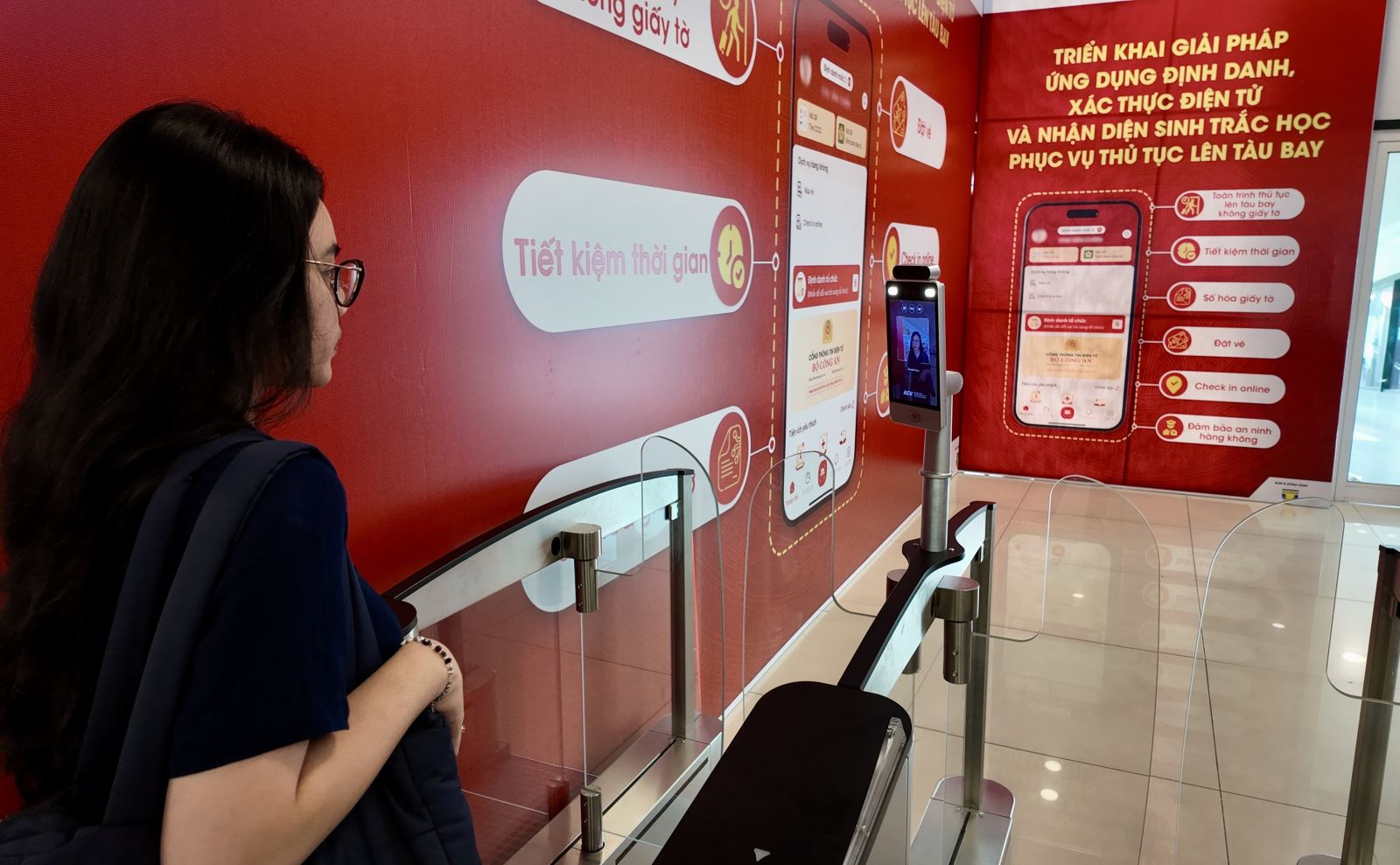






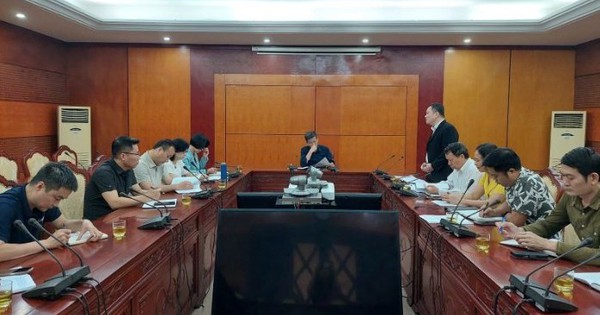





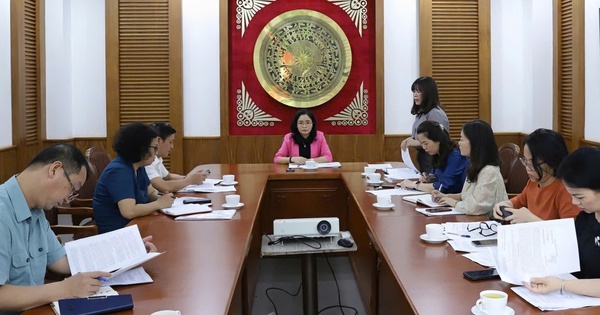






















Comment (0)